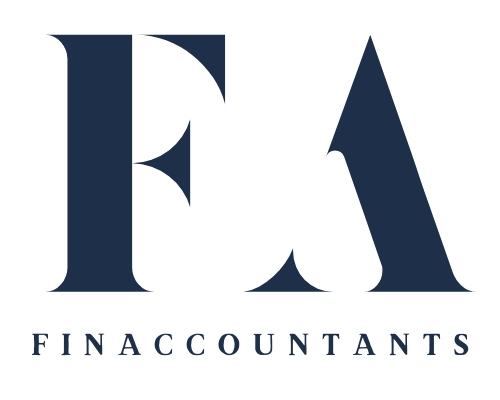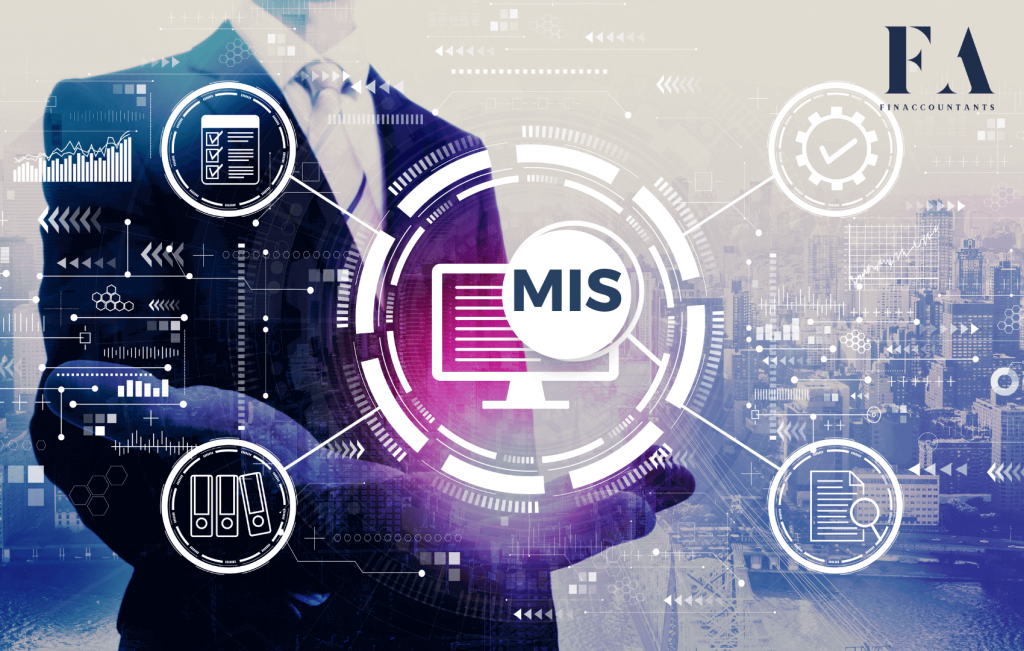A management information system (MIS) is an information system that is used in an organization for decision-making as well as the coordination, analysis, control, and visualization of information.
People, processes, and technology are all involved in the study of management information systems in an organizational context.
The ultimate goal of using a management information system in a corporate setting is to increase the value and profits of the business. This is accomplished by providing managers with timely and relevant information, allowing them to make more effective decisions in less time.
Types of MIS
The following are examples of information systems that are used to generate reports, extract data, and aid middle and operational-level managers in their decision-making processes.
1. Decision-Making Aids (DSS)
Decision support systems (DSS) are computer program applications used by middle and upper management to gather information from various sources to aid in problem-solving and decision-making. A decision support system (DSS) is primarily used for semi-structured and unstructured decision problems.
2. Executive Information Systems (EIS)
Executive information systems (EIS) is a reporting tool that provides instant access to summarised reports from all levels and departments within a company, such as accounting, human resources, and operations.
3. Marketing Information Systems
Marketing information systems (MIS) are management information systems that are specifically designed to manage the marketing aspects of a business. Accounting information systems are accounting functions that are focused on. Human resource management systems are used to manage personnel.
4. Office Automation Systems (OAS)
Office automation systems (OAS) improve enterprise communication and productivity by automating workflow and eliminating bottlenecks. OAS can be implemented at any and all management levels.
5. School Information Management Systems (SIMS)
School Information Management Systems (SIMS) are software applications that manage school administration and, in some cases, teaching and learning materials.
6. Enterprise Resource Planning (ERP)
Enterprise resource planning software facilitates the flow of information across all business functions within the organization’s boundaries and manages connections to external stakeholders.
7. Local Database
Local databases are small, simplified tools for managers that are considered a primal or base-level version of MIS.
8. Supply Chain Management (SCM)
Supply chain management systems enable more efficient supply chain management by integrating the links in a supply chain. Suppliers, manufacturers, wholesalers, retailers, and end users may all be included.
9. Customer Relationship Management (CRM)
Customer relationship management systems assist businesses in managing relationships with potential business partners and current customers across sales, marketing, and service.
10. Knowledge Management System (KMS)
Knowledge management systems (KMS) assist organizations in collecting, recording, organizing, retrieving, and disseminating knowledge. Documents, accounting records, unrecorded procedures, practices, and skills are examples of this. Knowledge management (KM) as a system encompasses the process of creating and acquiring knowledge from internal and external processes. The knowledge gathered is incorporated into organizational policies and procedures before being disseminated to stakeholders.
Benefits of MIS and Reporting
The benefits of MIS & Reporting are as follows-
1. Aids In Data Management
Critical information is organized and stored for easy access whenever it is needed. Thus, MIS aids in the maintenance and management of business data for use in management decision-making.
2. Examine trends
Every company must develop a growth strategy. It is therefore critical to have up-to-date information on current market conditions and trends. MIS employs analytical tools to process internal data, market reports, and future trends in order to accurately forecast the future.
3. Aids in Strategic Planning
As previously stated, MIS reports are critical in forecasting the future. It also aids in identifying the resources that will be included in the strategic plan to achieve future business objectives. In this case, the accuracy and dependability of the information provided by the MIS Report are critical.
4. Aids In Goal Setting
Setting goals is essential for driving growth and ensuring the future success of any business enterprise. The creation of a business plan is a critical goal-setting exercise. It necessitates a large amount of current data and trend analysis, which MIS Reports provides.
5. Assists in Identifying Issues
An MIS report provides critical information about every aspect of a business’s activity. As a result, in the event of an issue, MIS reports assisting in determining the source of the problem as well as in determining a solution to such an issue.
6. Enhances Efficiency
MIS Reports can also be used to assess and monitor the performance of a business. As a result, MIS is critical to increasing business efficiency.
7. Aids in Performance Comparison
The MIS database stores and maintains the relevant data and information of the business. This database can be used to compare current performance to the previous year’s achievement in order to measure growth.
How to Prepare an MIS Report?
MIS Reports are developed in response to the requirement of the business and decision-makers.
Some businesses prefer that the MIS be brief, highlighting only the KPAs and presented in a graphical or Dashboard format, whereas others prefer that it cover all business functions.
The best way for an entrepreneur to arrive at a format is to consult with his management team about their preferences and critical areas of his business. However, make certain that it only includes information that is relevant to the majority of them.
Let us take a look at a few Reports that can be found in the Management Dashboard:
1. Budget
A business plan is a quantified version of the entrepreneur’s future vision for his company and an important goal-setting exercise. A budget, on the other side, is a document developed to anticipate revenue and expenses for a forthcoming period based on the Business Plan goals. It is an important MIS tool that includes income and expenditure budgets, production budgets, cash budgets, and so on.
2. Sales Report
This is a comprehensive sales analysis of the company’s various products sold in various geographical areas. It may show the difference between budgeted and actual sales, along with the reasons for the difference.
3. Cash Flow Statements
This statement shows the number of cash inflows and outflows during the operating period. It also shows the enterprise’s sources and utilization, as well as it’s opening and closing cash and bank balances.
4. Funds Flow Statements
This statement is prepared to show various sources of funds as well as their application areas at any given time.
5. Budgeted & Actual Profit Report
This report clearly shows the company’s budgeted and actual profit over a specified time period. It also specifies the factors that have contributed to any increase or decrease in actual profit.
6. Financial Statement Report
Balance sheets and Profit and loss statements are important tools for sharing financial information not only with the entrepreneur or shareholders but also with government agencies and other stakeholders such as banks and regulatory agencies.
7. Cost Reports
These reports cover a variety of information regarding the specific costs incurred by a specific function or department of the business, such as a production cost report, a departmental cost report, and so on.
8. Production Report
This report outlines the production goals that were met, as well as the differences between budgeted and actual production.
9. Machine Utilization Report
This report is prepared in a manufacturing company and indicates the extent to which a machine’s productive capacity is used over a specified time period. It describes how a machine was used for various jobs, as well as how long it was idle or under planned maintenance.
10. Idle Time Report
This report is prepared in a manufacturing company and indicates the time actually spent by workers on various jobs and the time they were sitting idle due to a lack of material, electricity, or any other resource.
Conclusion
FinAccountants works with clients from all over India. We strive to provide you with expert solutions. Our expert team ensures that you provide all necessary and relevant information in the MIS in order to obtain accurate results. Our MIS will undoubtedly make your job easier and assist you in making the right and timely decisions. What could be better than a well-managed organization?
If you want to improve management coordination and accuracy, MIS is for you! Connect with us and take the first step toward developing a strong management team.




Leave a Reply